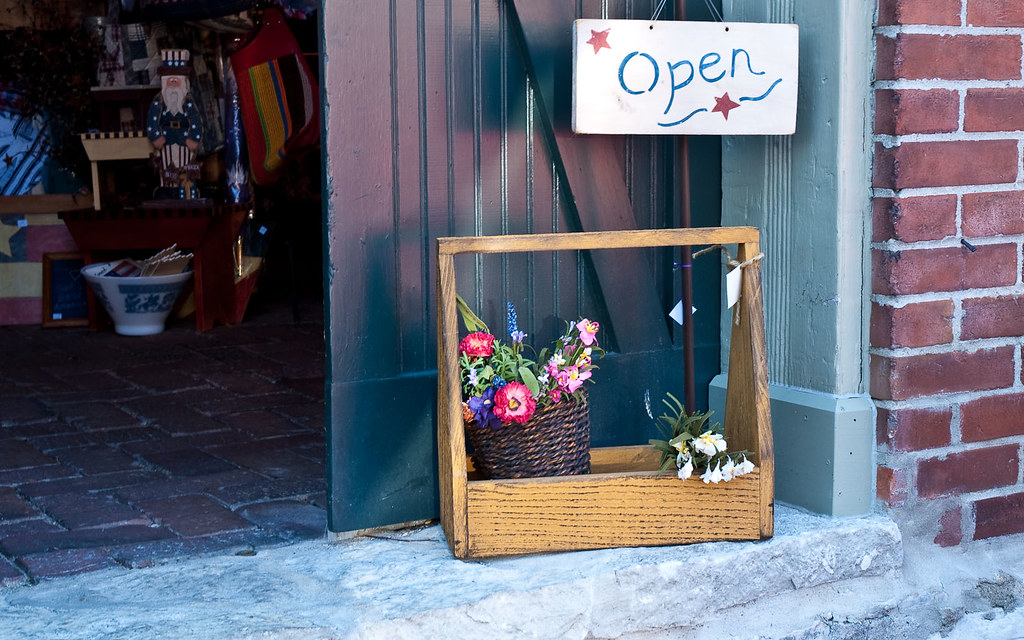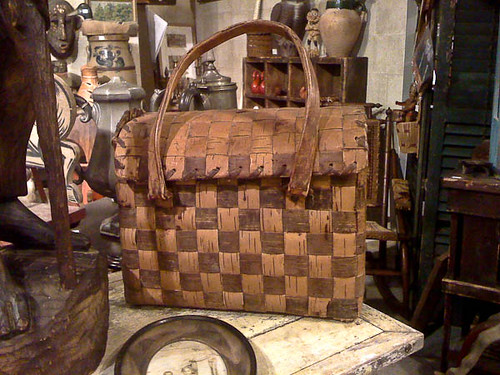Write letters for the Memoir Project?
Yes. It’s a quick project with many benefits.
My mother’s only cousin turns 90 in a few days. (Happy Birthday, Cousin Pauline!) I have a card ready to pop in the mail, but I didn’t want to send wishes for her big day without adding a personal note.
It would have been easier for me to scribble a few words and sign a big “I love you!” at the bottom of the card, but while I was trying to come up with the right few words, I realized that this birthday event would be a perfect time to do some life story writing “on the fly.”
That’s mostly how I write my life story – in little projects that add up over time.
How easy would it be to pen a special memory to a special person when it is time to send a special card? Sure, it adds extra minutes to the card choosing and address writing basics, but a card with a handwritten note is so much more meaningful, especially if it recounts a memorable time for the recipient.
I chose a photo-art card that featured a rose on the cover, remembering that Pauline had a very small yard, but she always had rose bushes flanking her home’s front door. Then I brainstormed to recall a few memories from weekend visits with Pauline and her husband. In less than a half hour I had come up with a few details I thought Pauline would enjoy reading.
Here is an excerpt from the letter I eventually wrote:
I always loved visiting your home in the big city. There were always special trips to the mall. I still remember how fascinated I was that the largest department store in your mall had a roof shaped like a two-story-tall woman’s hat — it even had a pink bow and tiny windows.
But one weekend when we visited, I was too distracted to enjoy myself.
Our visit came a few weeks before the end of the school semester. I was struggling with my math assignments and worried about the upcoming comprehensive exam. Math was never much to my liking, and I talked myself into an inability to memorize the multiplication and division tables.
To make matters even worse, you were a highly respected math teacher at the junior high school where you taught and the math department head and you had recently completed the coursework for your masters’ degree in mathematics. I was impressed at your math accomplishments, but also terrified that you would quiz me on my math facts and I would be embarrassed, not knowing the right answers.
But you surprised me. When you asked how I was doing in school, I blurted out, “I love school…all but math. I hate math!”
I remember you looked at me, first with surprise, and then you broke into prolonged laughter. Finally you wiped a few tears from your eyes and called me over to your overstuffed chair. You pulled me onto your lap, and whispered, “Why don’t you tell me what part of math you hate the very most?”
Pauline, I remember you gave me a big hug after I told you I was “no good at multiplying.”
You nodded your head, and you said, “There are things that you can do very well and things you can’t. And that is OK. If math is one of those not so good things, maybe I can teach you a few tricks to make it easier.”
You called it “math magic” and you showed me how to maneuver the numbers in my head while I was multiplying. If I was trying to figure out the answer to 8 times 6, and I didn’t know the 6 tables very well, but I did know the 5 tables, you told me how to multiply 8 times 5 (easy!) and just add another 8 for the right total.
Presto! That math trick, and several others, helped me conquer some of my math fear and I went home with a better attitude about math facts.
But, Pauline, this is really what you taught me that weekend – that it is OK if you are good at some things, and not so good at others. Thank you, not just for the math lesson, for the lesson about life.
I mailed the letter, but first I made a copy to put in my memoir container.
I also checked my calendar for the remainder of the year and picked a special event — birthday, anniversary, graduation — for each month.
I put a reminder on my calendar to send a special occasion card with a “memoir letter.”
When I break my life writing into tiny steps and make them serve a special purpose, such as writing a quick story in a card, it is easy for snippets of memories to get captured on paper.
Do you have any special occasions that are coming up in the next month or two? Why not put a note on your calendar to add a story to your card? You’ll document a bit more of your life story, and the recipient will get a special gift, too.















